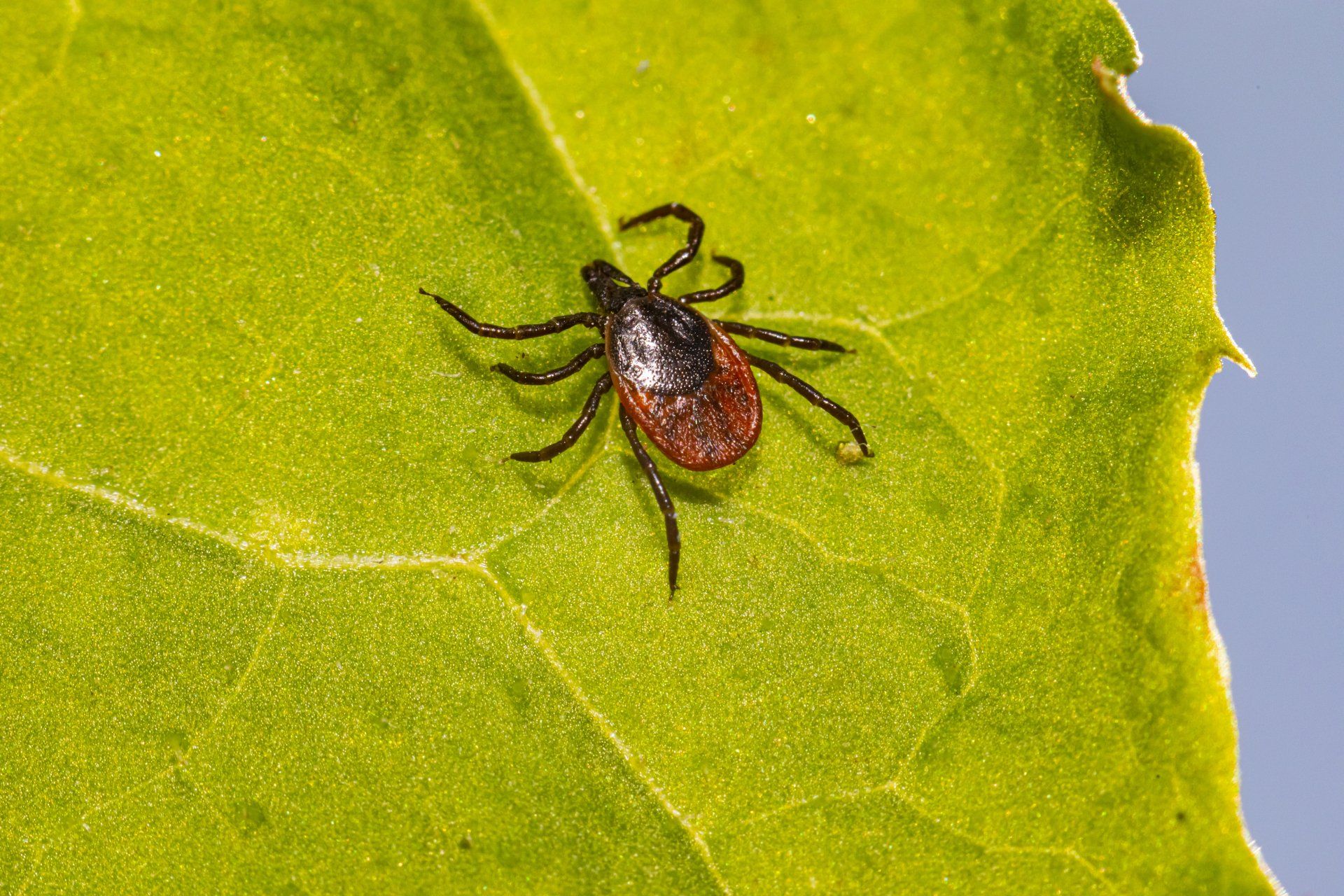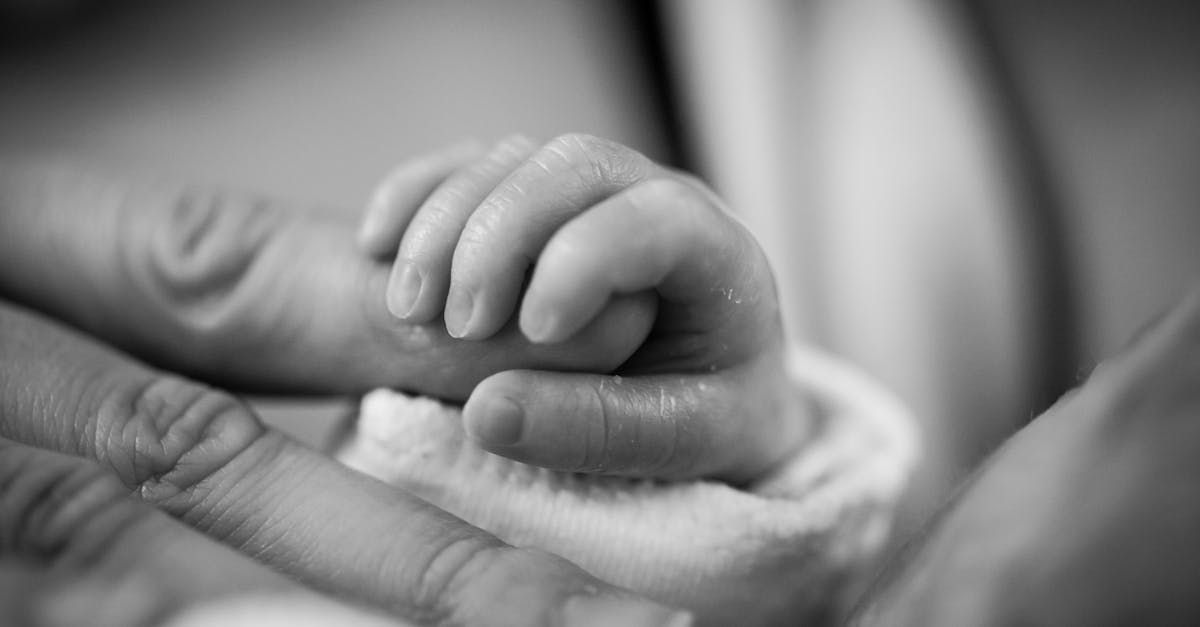Pharmacy Discounts
We have had several families stop taking their medications lately due to cost. Some medicines are just very new and expensive. Some are not new but the manufacturers have no competition to keep prices down. Did you know, for example, you can get your kindergartener's chewable fluoride tablets for $3 a month instead of a $30 co-pay?
The first step in managing this is to ask us about alternatives. The vast majority of our prescriptions are written so the pharmacist may substitute a less expensive but equivalent option. Sometimes we can change your child's prescription to another medication with similar effectiveness but perhaps different side effects that may not matter for your situation (for example, two asthma inhalers work the same but the cheaper one can make young children overactive).
Drug makers often offer direct discounts on their websites or through coupons. These often have conditions, however, so read the fine print. Some online resources can help you find the best price at local pharmacies, such as GoodRx http://www.goodrx.com Health insurance companies are working on similar online resources but nothing that works well in Springfield yet.
Some pharmacies have their own discount programs. In Springfield, a popular one is Walmart http://www.walmart.com (search under Health, Beauty and Pharmacy for $4 Prescriptions). Another option is to talk with your pharmacist directly; they may know of some other options to modify your prescriptions.
Charities such as Children's Miracle Network are one-time last resort options that we can help you with but the application process takes some time.
We want your child to get the medication he or she needs. Let us know if we can help in any way.










